The areas of Ubirr and Nourlangie Rock I visited in May 2017 are dominated by the fluvial Kombolgie Formation sandstones and conglomerates. This sequence of sediments was deposited approximately 1.7 billion years ago by a braided river system flooding across a wide flat plain that had formed after a long period (~100 My) of erosion of even older rocks.
The conglomerates seen at Nourlangie are the basal units of the Formation and the size of the quartzite pebbles indicates deposition by a high-energy river system. As the energy of the system decreased over time and with the increasing thickness of material deposited, the sediment able to be carried by the river became finer resulting in the upper units grading to sands. Flash-floods would have occurred from time to time depositing thick layers of coarser sand, and cross-bedding is evident in places where river banks may have been over-topped. Ripple marks can be seen in the finest sands and apparently indicate material deposition from the North-West[1], although I did not get a photograph of these! Will have to go back sometime…
The consolidation of this thick (up to 1km) pile of sediment took place over the next 1.5 billion years while the area remained stable. During the Mesozoic period (~140 Ma), a sea invaded the area causing rapid erosion of the sandstones by wave action. This sea retreated around 100 million years ago leaving the major components of the landscape as they are seen today. Shallow seas have inundated the area since, as climate patterns have changed, indicated by the presence of marine fossils – also not observed by me!
[1] http://learnline.cdu.edu.au/tourism/kakadu/values/pdf/geology.pdf
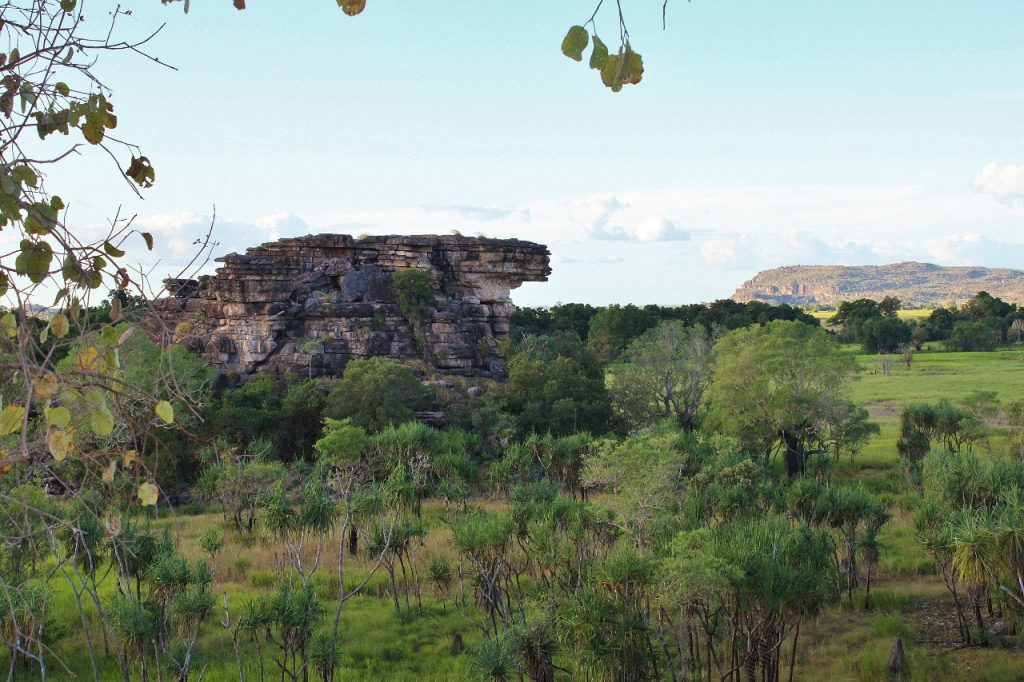
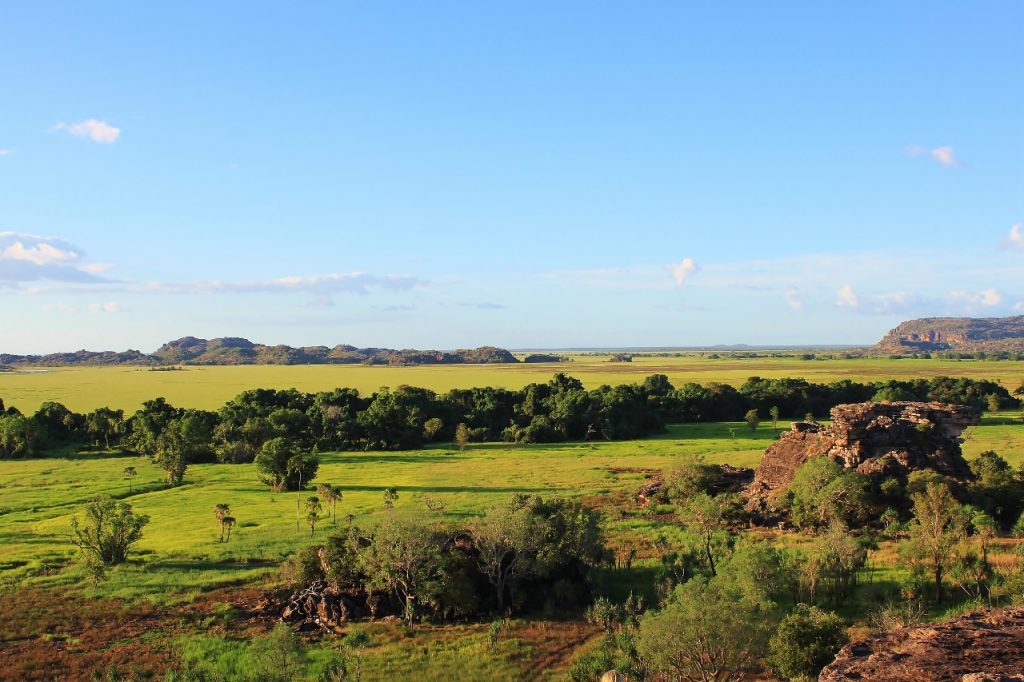
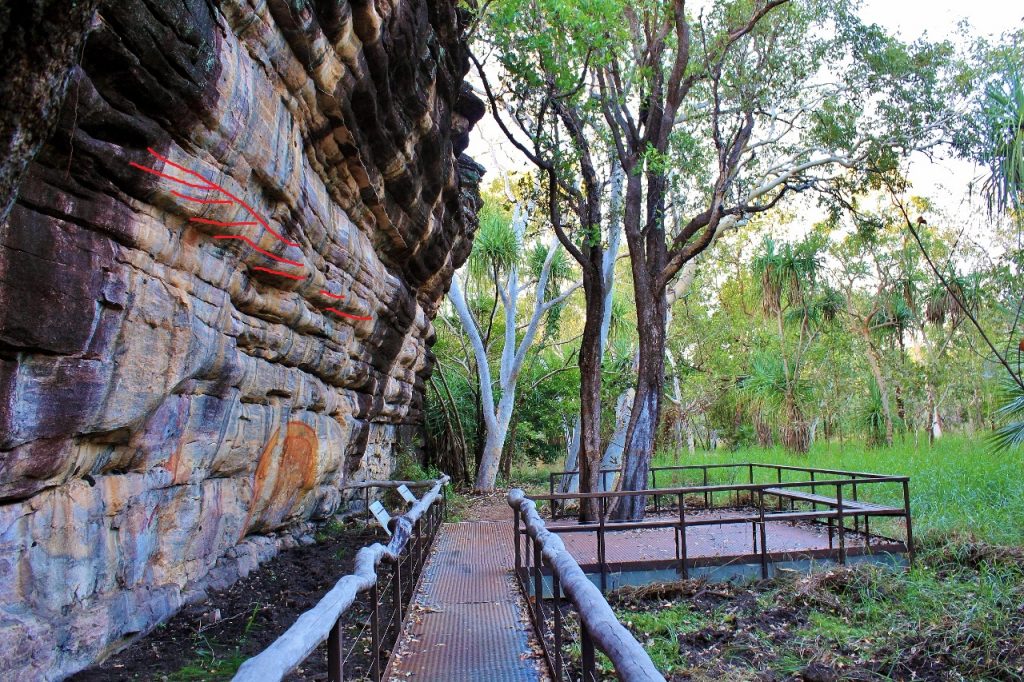

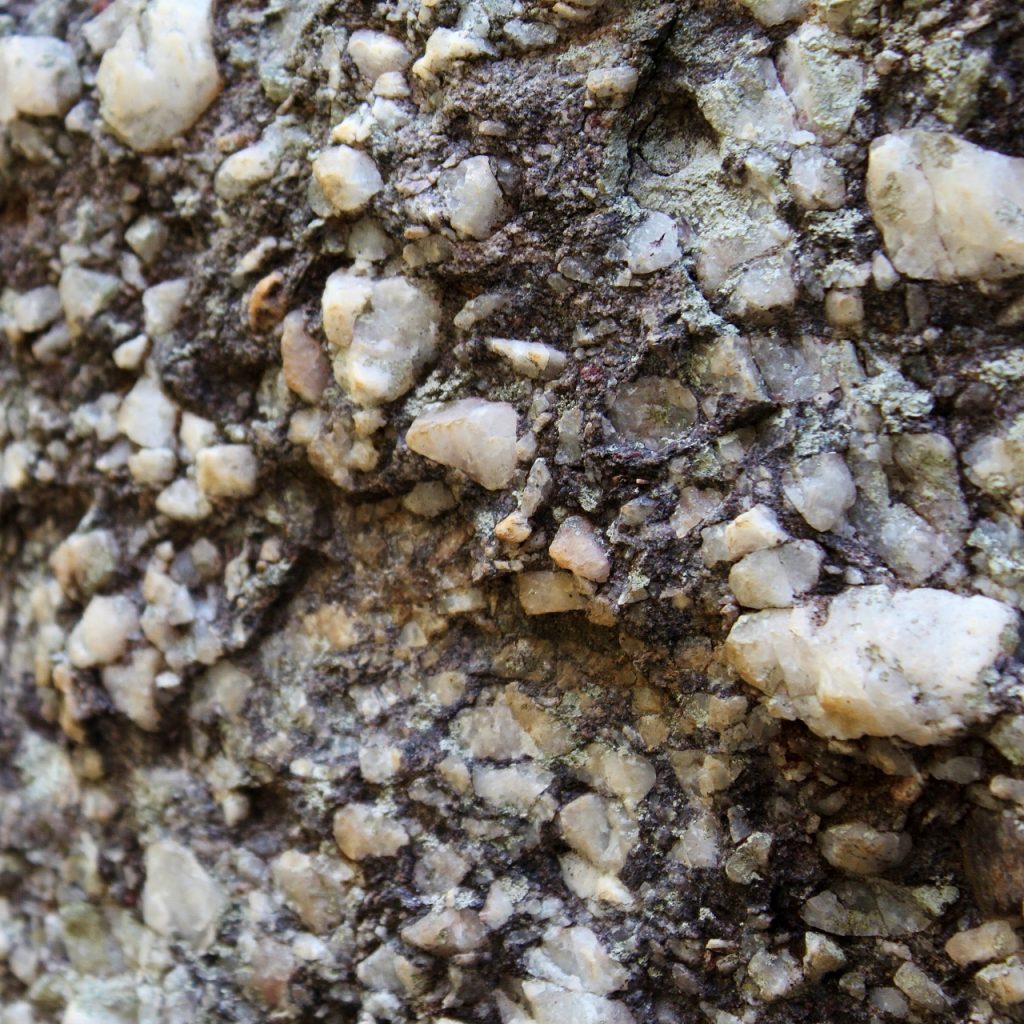
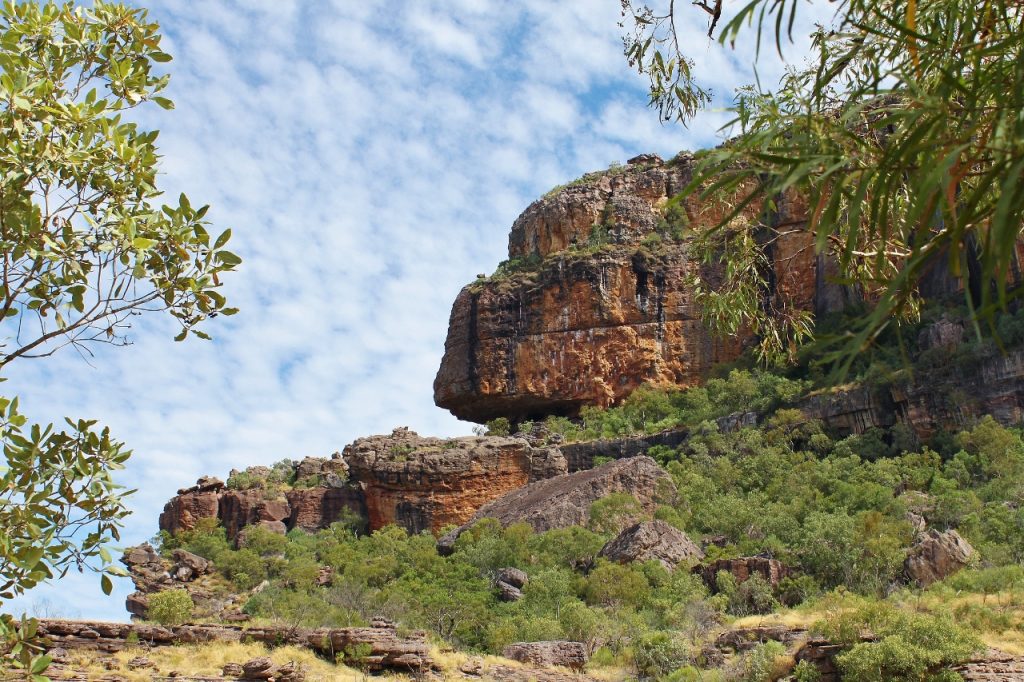
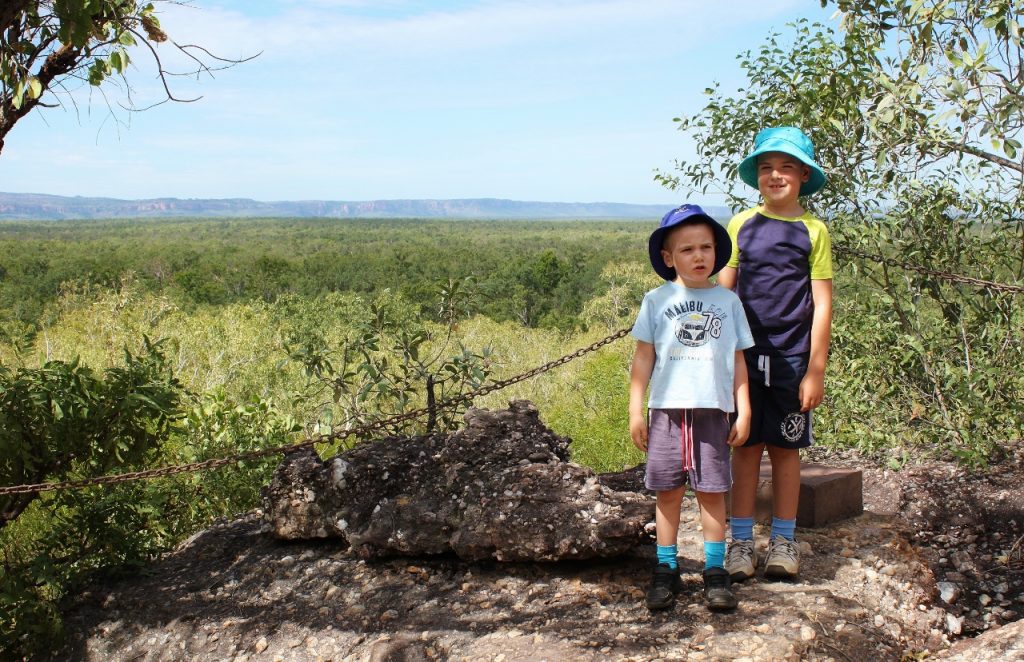
References:
Kakadu National Park – Geology notes, from https://www.environment.gov.au/system/files/resources/ac9756b9-9f52-4a00-b964-25c33c41b8f7/files/geology.pdf
Geology of the Kakadu Region, from http://learnline.cdu.edu.au/tourism/kakadu/values/pdf/geology.pdf
Geology of the walking trails in Kakadu National Park, R.S.Needham, AGSO Record 1992/81, from https://d28rz98at9flks.cloudfront.net/14605/Rec1992_081.pdf